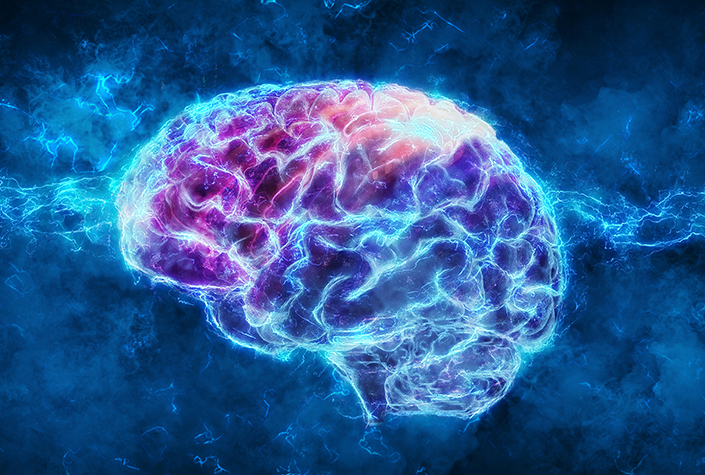Trailblazing model could accelerate treatment for post-traumatic epilepsy

D. Samba Reddy, a professor in the Department of Neuroscience and Experimental Therapeutics at Texas A&M University College of Medicine, and team have created a novel experimental model that is able to successfully replicate the same spontaneous recurrent seizures (SRS) that occur in humans who develop traumatic brain injury (TBI)-induced epilepsy.
Their findings were recently published in the journal Experimental Neurology. This research, funded by grants from the Department of Defense, can be used to test medical treatments to prevent seizures and other neuropsychiatric conditions in military personnel.
This is a game-changing model on many fronts, Reddy said. “Without an effective brain injury model, you cannot study the consequences of brain injury,” said Reddy, who is the lead researcher of the project. “This research is so important because it is the first new-generation model of TBI epilepsy. This work has great clinical and military significance for identifying and advancing therapies for brain injury.”
Post-traumatic epilepsy (PTE) research involves a complex set of operations. To effectively study treatment options for PTE, it is critical for the model to accurately and consistently mimic the severity of the brain injury and the spontaneity of a seizure that occurs in humans. Reddy and Victoria Golub, postdoctoral research associate in Reddy’s lab and the first author of the paper, worked on this research project for five years.
“Many previous studies have failed to show reproducible SRS after TBI,” Golub said. “We generated a model that reproduced SRS in a timely manner. We looked at everything as a whole and we tracked it in the same animals for a longer period. To our knowledge, this is the first study to examine PTE at this level.”
The researchers partnered with biomedical engineers to utilize a machine learning approach that conducted automatic analyses of the seizures from an electroencephalography (EEG) database. Through this, the team was able to identify multiple electrographic biomarkers of epileptogenic circuits—meaning that they were able to understand and recognize the behavior and signs of epileptogenesis. In their analyses, they found that high-frequency oscillations and discharges are preceded by seizures, which may serve as biomarkers for predicting seizure risk in the future.
In TBI epilepsies, a brain injury following head trauma can be followed by a latent period called epileptogenesis. During this period, seizures are not occurring, but the brain is undergoing drastic changes that predispose an individual to seizures. In this model, the team was able to show that epileptic seizures occur about 30 days after a TBI incident and are persistent for months. This stage suggests TBI’s disease-modification window for medical treatments.
“Presently, we have no treatment to interrupt the epileptogenic response after TBI,” Reddy said. “The latency period is critical because it represents a therapeutic window to test medical interventions. If such early brain plasticity can be halted by medicines, then this can completely prevent subsequent epilepsy and neuropsychiatric problems following a brain injury.”
In addition to long-term EEG analysis, Reddy’s team profiled a longitudinal change in the brain in two other major areas: brain tissue histology and behavioral patterns. Behaviorally, the test subjects showed sensory and behavioral functional deficits as well as long-term memory dysfunction—too often overlooked facets of the condition in humans that can negatively affect the quality of life and independent functioning.
“Collectively, this animal model effectively replicates and exhibits PTE as it is in the human condition,” Reddy said. “By creating neural cascades of epileptogenesis, this model opens avenues for screening strategies that can be used to block epileptogenesis and the development of epilepsy. We hope this research will help propel the field towards new medicines and treatment options for individuals suffering from this debilitating condition. We know that brain damage is irreversible, but we hope this model can help reduce or prevent neuropsychiatric comorbidities that occur as a result of TBI, especially in soldiers, athletes and civilians.”

